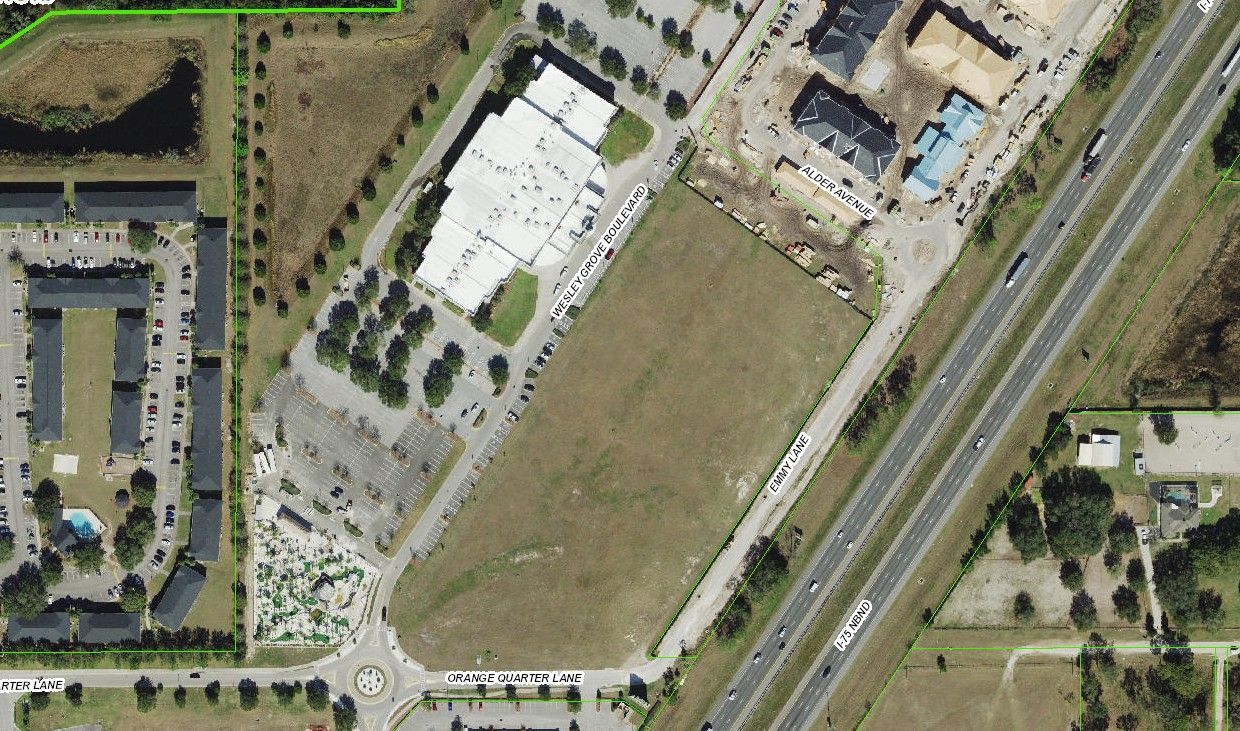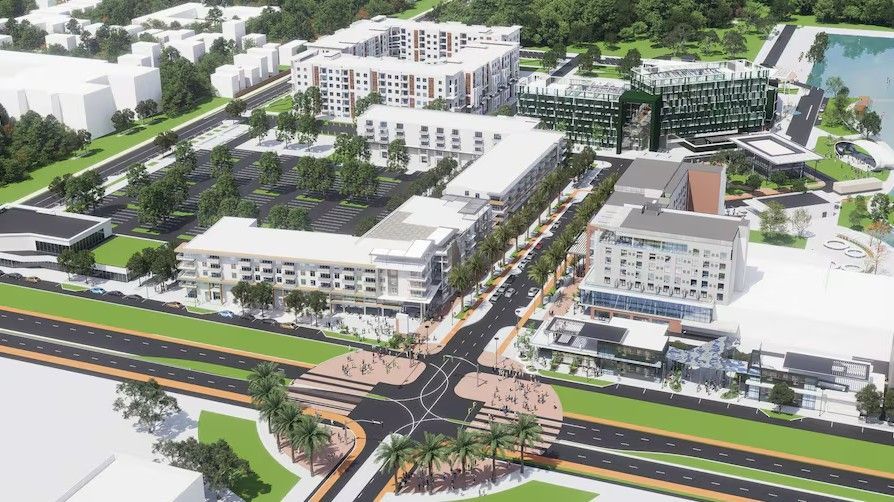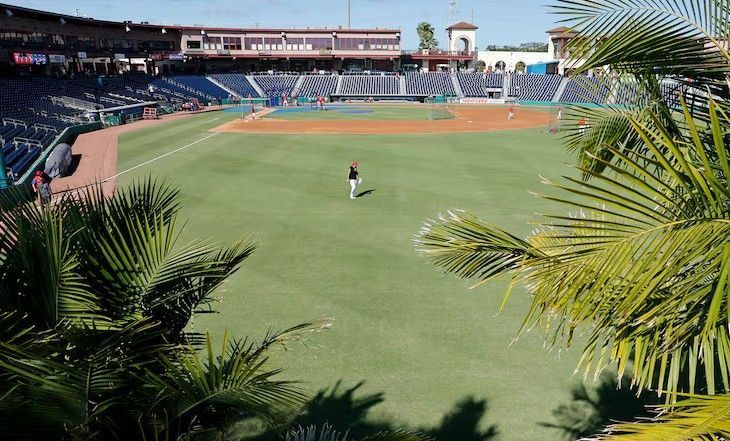Florida's Insurance Market
Recently, Farmers Insurance announced their intent to retract from Florida’s insurance market affecting nearly 100,000 policyholders. More than a dozen insurance companies have gone insolvent or left Florida completely in recent years. Floridians across the state from Miami to Tallahassee are seeing annual premiums skyrocket. Barron’s reported that one Florida retiree was informed by her insurance carrier that her premium was increasing from $3,800 annually to $5,800 annually. Hurricane Ian – which slammed Florida in September 2022 was the third costliest weather disaster on record and over 150 fatalities were recorded. Florida’s total damage was estimated to be at $109.5 billion according to a report released by the National Hurricane Center. Another hurricane in Florida could send more insurance companies toward insolvency or tempt them to leave the market altogether.
Florida has unique characteristics, such as being a peninsula, that make it a unique area for insurance companies to cover. According to Barron’s, the average homeowner’s insurance premium in Florida has increased 100% in the last three years. Florida’s average annual cost sits at $6,000 – nearly triple the national average and the increases are not stopping. Some homeowners could see annual premiums reach $9,000 next year, and some already pay more than that. Experts say insurance for properties near the coast can top $100,000 easily.
Florida’s insurance crisis is only growing worse as the state continues to see population increases. In 2022, Florida had the highest population growth in the nation. Farmers announced they would cease to offer farmers branded auto, home and umbrella policies to manage their risk exposure. About a week later, AAA announced they will not renew higher exposure homeowners polices in Florida. Climate Change is intensifying extreme weather events causing insurance companies to take a step back and reconsider how they approach insurance. Hurricanes garnered less attention when Florida was less populated. In 1960, Florida had a population of 5 million. Now, there are 22 million and the majority live in coastal counties.
Hundreds of thousands moved to Florida when the COVID-19 pandemic hit. Large national insurers have exited the state leaving small insurance carriers to pick up some of the slack. Smaller companies, however, typically lack the financial resources that the national insurers have. A small error in their risk assessment can cause them to go bankrupt with one bad year or one bad storm. Florida’s largest insurer is the state-backed insurer of last resort – Citizens Property Insurance Corporation. The non-profit organization was made in 2002 to help homeowners who could not get insurance elsewhere. Currently Citizens has around 1.34 policies in effect and could hit 1.7 million policies by the year end.
Citizen's policies are cheaper than private insurers, as private insurers are raising rates faster than Citizens is legally allowed to. Last month, they asked to hike rates by 13% - the maximum permitted. Citizens proposed rates under this hike will still have them at 57.9% below the rate needed to be actuarially sound. That hike request is currently under review. Citizens rates distort the market and leave the risk of a hurricane tax. Citizens reserves are depleted, and if there is another bad storm year and Citizens faces a deficit, Florida law requires an imposed assessment on Citizens and non-Citizen's policy holders until reserves are replenished. Citizens CEO Tim Cerio says imposing an assessment on non-policy holders would be unfair since non-policy holders typically pay higher rates and called for a course correction.
Florida’s insurance crisis has been building for some time now. Florida has seen the largest amount of insurance claims and according to Barron’s 70% of litigated claims have been in Florida. Florida had a decade without any major storms making landfall, but since 2017 the state has been battered time and time again. USA Today reports that a 2017 Florida Supreme Court ruling opened the door for large volumes of roofing scams and claim litigation. The litigation costs were too much for many local residential only insurers, causing them to become insolvent. National insurers have taken note and the costs are translating to higher premiums or fewer policy offerings.
Last December, state lawmakers passed legislation intending to curb lawsuits by taking away homeowners' ability to sign over insurance claims to contractors who then seek reimbursement for repairs from insurers. If the number of lawsuits fall, then insurance companies' expenses should lower. If Florida can get through the year with no major storms some insurers could find themselves back. It could take around 18 months to see any benefits from the newly passed legislation, as thousands of cases are backlogged, many of which were filed on the eve of the legislation’s passing.
With the rising cost of insurance in the state of Florida, there is an increasing demand for appraisals. You may need an insurable value appraisal if your insurance company requires it, or you may need a FEMA 50% rule appraisal if you need to make extensive renovations to a property that is located within a flood zone. The FEMA 50% rule states that any substantial improvement to a structure cannot exceed 50% of the structures depreciated market value unless the property owner intends to bring the entire structure up to FEMA standards.
If you need a FEMA 50% rule appraisal, the first thing you should do is get an estimate of cost for the repairs/renovations you intend to have done on your property. Not all projects fall under the rule, but many structural additions, or building improvements will fall under the rule. Adding a pool or getting a new driveway doesn’t call for a 50% rule appraisal, as these are not vital to a building's structural capability. It doesn’t matter if the improvements you are making are due to a natural disaster such as flooding. The 50% rule states you cannot make an improvement exceeding 50% of the depreciated value of the building improvements unless you are able to bring the entire structure up to standard.
An insurable value appraisal will help your insurance company determine the cost of rebuilding your home or business location if something were to happen to it. This cost is then used to calculate your annual premium. Other market factors such as construction costs that have risen and inflation are also contributing factors when an insurance company considers your premium. Reinsurance (insurance for insurers) is also not getting any cheaper and when their costs rise, so will policy holders' costs.
Cliggitt Valuation Inc. is pleased to provide both insurable value and FEMA 50% rule appraisals. Costs for these appraisals vary by your property type (Ex: office building, warehouse, industrial, etc.), the location of your property, the size of your property, and the timeframe in which you need your appraisal delivered. State Certified General Real Estate Appraiser Mike Cliggitt (RZ3011) has over 2 decades of experience appraising properties in the Florida market and has expertise with a multitude of property types and appraisal assignments. Mike holds the appraisal industry’s highest recognitions including the MAI designation awarded by the Appraisal Institute, the MRICS designation awarded by the Royal Institute of Chartered Surveyors, and the CCIM designation awarded by the Certified Commercial Investment Member Institute. Mike meets all ongoing educational requirements for state licensing and the Appraisal Institute requirements.
Thank you for your interest. If you are in need of an Insurable Value Appraisal or FEMA 50% Rule Appraisal, contact:
Mike Cliggitt, MAI, MRICS, CCIM
813.405.1705 - Direct Line for Tampa Bay and surrounding areas
863.661.1165 - Direct Line for Lakeland and surrounding areas
Sources: Barron's | Fox13 News | USA Today
Disclaimer:
Please note that none of the information or opinions expressed herein are meant to convey nor should they be construed as real estate appraisal practice, brokerage practice, legal, tax, or financial advice.
SHARE CONTENT





